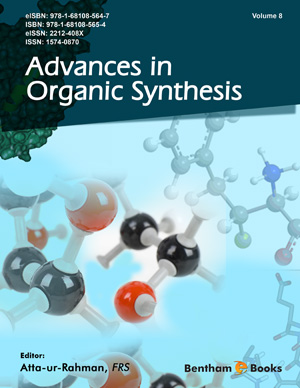Abstract
The importance of marine alga, namely Dunaliella tertiolecta, in toxicity determination of organics, inorganics, and mixtures, as well as for raw and treated industrial effluents is emphasized. Ultrastructural changes for metals below the toxic concentration in D. tertiolecta are also highlighted. Examples for synergistic, antagonistic and hormetic effects in case of exposure of D. tertiolecta to chemicals are given. In a case study, we focus on modeling the toxicity of selected phenols to D. tertiolecta. Quantitative structure-activity relationship (QSAR) methodology is employed to model the toxicities of phenolic compounds to D. tertiolecta using counterpropagation artificial neural networks (CP ANN). The endpoint for the toxicity determination is growth inhibition of algae exposed to chemicals in a batch system containing natural sea water enriched by the modified f/2 medium. Results reveal that QSAR methodology can be successfully applied to fill the data gap present in marine algal ecotoxicity data.
Keywords: Antagonistic, artificial neural network, counter-propagation, Dunaliella tertiolecta, hormetic exposure effects, in silico modelling, in vivo toxicity, industrial effluents, marine alga, mechanistic interpretation, molecular structure descriptors, non-linear model, phenols, QSAR, synergistic.






















